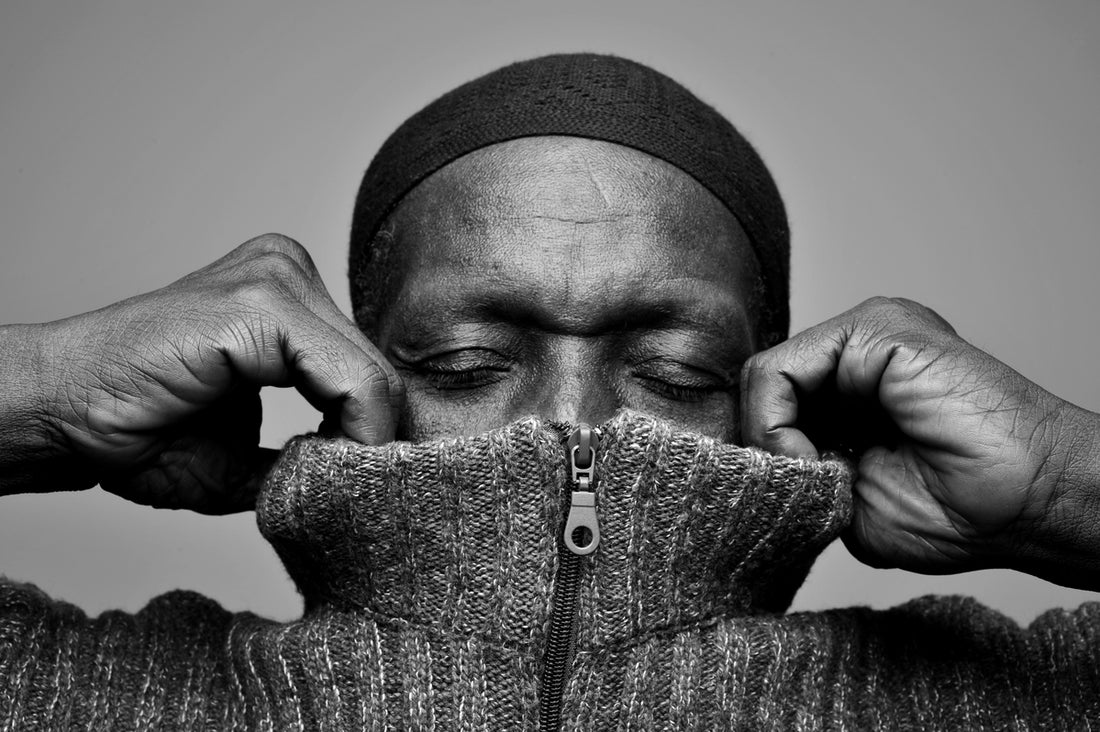
Exploring Afrobeat: The Rhythm of Africa
Share
Afrobeat, a genre born from the rich cultural tapestry of Africa, has transcended borders and captivated audiences worldwide. Rooted in the diverse musical traditions of the continent, Afrobeat is a rhythmic journey that blends indigenous African sounds with global influences. In this blog, we delve into the heart of Afrobeat, exploring its origins, key elements, and the influential figures who have shaped its evolution.
Origins of Afrobeat
Afrobeat emerged in the late 1960s and early 1970s, primarily in Nigeria, under the visionary guidance of the legendary Fela Kuti. Fela, a multi-instrumentalist and political activist, fused traditional West African rhythms (such as Yoruba and Highlife) with jazz, highlife, and funk, creating a sound that was revolutionary and uniquely African. His politically charged lyrics, combined with infectious grooves, laid the foundation for a genre that would resonate far beyond its birthplace.
Key Elements of Afrobeat:
Rhythm:Horns and Brass: Horn sections, often featuring trumpets, saxophones, and trombones, are integral to the Afrobeat sound. These brass elements add layers of complexity and excitement, enhancing the overall sonic experience.
Call and Response:
Political and Social Commentary:
Influential Figures in Afrobeat:
Fela Kuti:Tony Allen:
Antibalas:
Afrobeat, with its infectious rhythms and profound messages, stands as a testament to the power of music to transcend borders and unite people. From its roots in Nigeria to its global influence, Afrobeat continues to evolve, carrying the spirit of Africa to diverse audiences worldwide. As we explore the depths of this genre, we celebrate the creativity, resilience, and cultural richness that define the rhythm of Africa.





